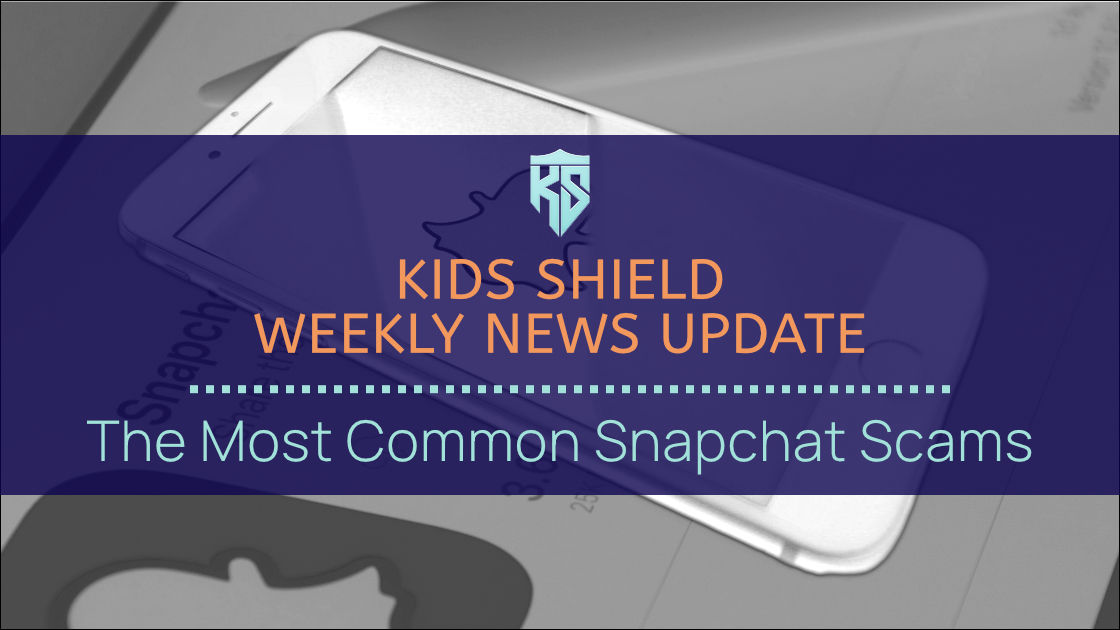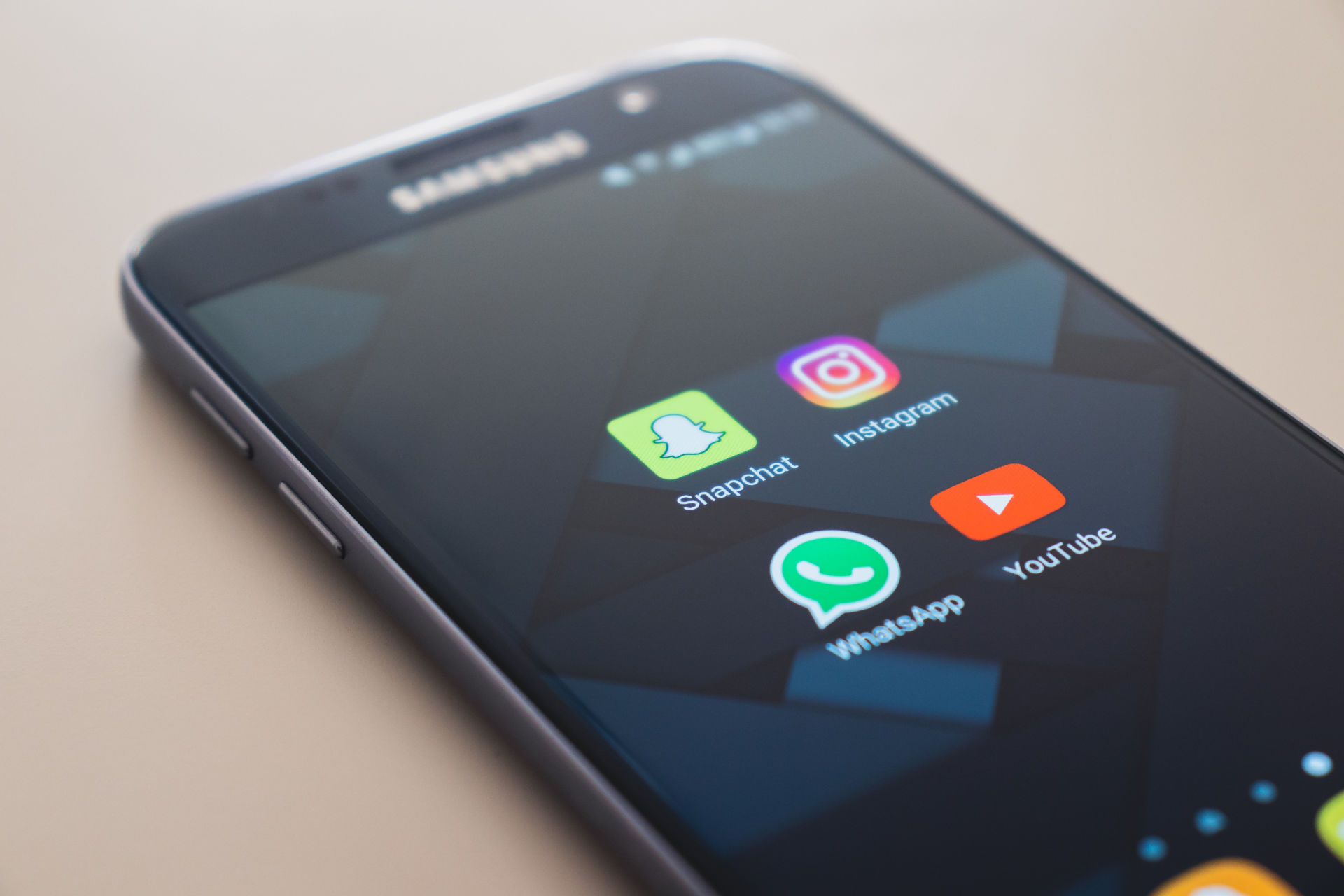The Most Common Snapchat Scams

Snapchat is one of the most popular social media apps with close to 300 million daily active users - most of them teenagers and young adults. Snapchat users only have to be 13 years old to create an account, and it's its popularity has made it a prime target for cybercriminals, hackers, and scammers.
Snapchat scams are fraudulent schemes originating or taking place on the platform that allow scammers to steal your sensitive information or trick you into sending them money. Snapchat scammers interact with users and often pose as someone they know and trust. They might also use phishing attacks to steal information or take over your account and use it for further scams.
Scammers flock to Snapchat (and other social media sites) because they make it easy to create fake accounts. Law enforcement agencies have charged Snapchat scammers with everything from hacking and identity theft to extortion, forgery, harassment, and computer crimes involving children.
According to Snapchat, social engineering attacks, such as impersonation, is the number one way hackers take over an account on their platform [*]. If you or your kid uses Snapchat, you need to be aware of the platform’s most common scams (and how to avoid them).

The Scams
- Posing as a friend who needs help with their account
- In this scam, hackers pretend to be one of your friends who needs help recovering their account. They’ll ask for your account login information, so they can look through your Friends List to “remember” their Snapchat username. Give them access to your username and password, and they’ll take over your account.
- Offering a fake opportunity to make money
- In this scam, your friend’s hacked account will message you about something like an “advertising gig” or influencer opportunity. They say they already made hundreds or thousands of dollars, and you can too. All you have to do is send them a deposit (cash, Bitcoin, or gift cards) to cover the cost of signing up. Then they’ll disappear as soon as they receive it.
- Other times, scammers will ask for your login information to “set up” the sponsorship or “promote” the advertising opportunity for you. Then they’ll take over your account. They’ll also start posing as you to repeat this scam to everyone on your Friends List.
- Pretending to be a friend who needs money or a check cashed
- Hackers can also use your friends’ account to ask for money. They’ll make up a story that tugs on your heartstrings, such as their dog got hit by a car and needs surgery. You, being a good friend, send them the money. Then the scammer disappears.
- Alternatively, hackers pretending to be your friend may sometimes ask you to commit bank fraud by cashing a check for them. They’ll send you a photo of a check to mobile deposit into your account. You’ll then give them the money from the check in cash, Bitcoin, or gift cards. However, the check turns out to be fraudulent, so it bounces and never clears in your account. You’ll be out all the money you sent this "friend" and have to pay the bounced check fee at your bank ($35 to $45).
- Phishing scams leading to account takeovers
- In a phishing scam, hackers create and send scam emails that look identical to real emails from Snapchat. They may also send text messages (known as smishing).
- These messages contain a link to “log in” to your Snapchat account using fake reasons like:
- Your account has been compromised
- Your photos will be deleted or leaked if you don’t click the link
- You won a sweepstakes or contest and need to verify your identity
- You’ll have access to special content or discount codes
- You’ll receive something valuable, like concert tickets, Amazon gift cards, etc.
- Unfortunately, when you click the link to log in to your account, you won’t be logging into Snapchat. This dummy site may look like Snapchat, but it’s just a way for scammers to collect and steal your username and password.
- Snapchat romance scams
- Because Snapchat posts disappear, the platform’s become a popular site for online dating and hookups. But this also means scammers have turned to Snapchat to start running romance scams.
- Some of the more common Snapchat romance scams include:
- Meeting on dating sites (like Tinder) and asking to talk on Snapchat. If you connect with a scammer on a dating app, they’ll often ask to move the convo to Snapchat (this is especially common in military romance scams). They’ll start asking for explicit photos/videos and then threaten to release them if you don’t share more.
- Snapchat catfish scams. A catfish is someone who pretends to be an attractive person online. These scammers trick victims into thinking they have a genuine romantic connection, then start asking for money, gift cards, photos, etc. They may also request access to your account to “prove” you’re not flirting with other people.
- Snapchat meetup scams. Users who don’t block their location are vulnerable to Snapchat meetup scams. Here, attractive Snapchat accounts reach out to users and say they want to meet up in their area. They'll ask you to pay for their gas or a bus ticket. But the scammer never shows up for the date. They may provide an excuse and schedule a new date, stringing along the victim for even more money before they disappear.
- “Sugar daddy/momma” scams
- A sugar daddy or sugar momma is an older person who reaches out to a younger user (known as a “sugar baby”). The daddy/momma asks the baby to send picture or videos in return for money, gift cards, or presents.
- There are three ways this scam usually plays out:
- They ask for upfront payment first
- The scammer will tell the victim they need to either “cover” the cost of shipping the gifts or money transfer fees. Sometimes they’ll demand this payment as a “proof of loyalty.” Once the sugar baby pays, the sugar daddy/momma disappears.
- They demand your bank account information
- They’ll claim they want to deposit funds into their account. But in reality, the scammer just empties the account.
- They send you money and ask you to send some back
- They’ll give the sugar baby $1,000, for example, using a fraudulent check or gift cards purchased with stolen credit cards. Then they’ll ask the sugar baby for $100 back in gift cards as a token of appreciation or to buy their next present. The sugar baby sends the gift cards, then discovers the daddy/momma’s check bounced, or the gift cards don’t work.
- Snapchat girls and premium account scam
- Though not an official feature, scammers will set up what’s known as a Premium Snapchat Account featuring Snapchat Girls. These accounts promise to share exclusive adult content with subscribers who make a one-time payment or sign up for an account on a different website with their credit card, debit card, or bank account information. But any money or information you provide goes straight to the scammer.

How To Stop Snapchat Scammers
Snapchat scammers are getting more creative, which means you may be involved in a scam that’s similar but not exactly identical to the ones we've just talked about.
If you think you’re being scammed, look for the warning signs of identity theft, such as accounts asking for:
- Your login information
- Money, gift cards, cryptocurrency, etc.
- Photos and videos of you.
- Other personal information (your location, pet’s name, birthday, etc.)
Once you believe you’re being scammed, follow these steps:
- Use the in-app reporting feature and block suspicious accounts
- Snapchat’s In-App Reporting allows users to report concerning content, inappropriate behaviors (like harassment), and scams to their Trust and Safety teams. Just tap the “Report” button on a Snap, Story, or account.
- Report your compromised or hacked account
- When a Snapchat account has been compromised (also known as “hacked”), it means that it’s been accessed by someone who is not authorized to use it. Report the hacked account to Snapchat. A Snapchat rep will need to verify your identity but never ask for your password or My Eyes Only passcode.

How To Prevent Snapchat Scams
- Be suspicious of all links and QR codes in messages, even if they come from your friends (whose accounts may be hacked) or a lookalike Snapchat email. For added security, consider using antivirus software. This will automatically block malware and other malicious viruses for you.
- Never add strangers to your Friends List or accept unknown friend requests, even if they claim to be someone you might know.
- Text, email, or call your friends if you see sketchy behavior. Let them know their account may have been hacked.
- Never share your login credentials or trust threatening messages claiming to come from Snapchat. Snapchat will never leak your images or ask for your password or My Eyes Only passcode.
- Always create a strong password to prevent scammers from hacking into your account. Use a unique, hard-to-guess combination of at least 10 upper and lowercase letters, numbers, and symbols. Don’t reuse this password for anything else. To help you keep track of these long passwords, consider a password manager.
- Set up Two-Factor Authentication (2FA) - but not SMS. 2FA makes your Snapchat more secure by sending a unique code to your device anytime you log in. However, hackers can bypass SMS authentication if they get access to your phone. Instead, use an authenticator app like Okta or Google.
- Adjust your privacy settings. Limit who can send you Snaps, view your Stories, see you in Quick Add, and find your location on Snap Map. Consider turning on Ghost Mode, so no one can see where you are.
- Keep your email and phone number associated with your account updated. This will help verify that your account belongs to you if you ever lose access to it.
To stay up-to-date with resources and content, follow Kids Shield on social media. Make sure you are signed up for our email list to never miss out on an blog.
Stay vigilant, friends! Let’s prioritize our online security and protect our children from the ever-evolving threats in the digital world
Be Educated. Be Connected. Be Safe.






